Brand: Aircast
orthopedic and physiotherapy care
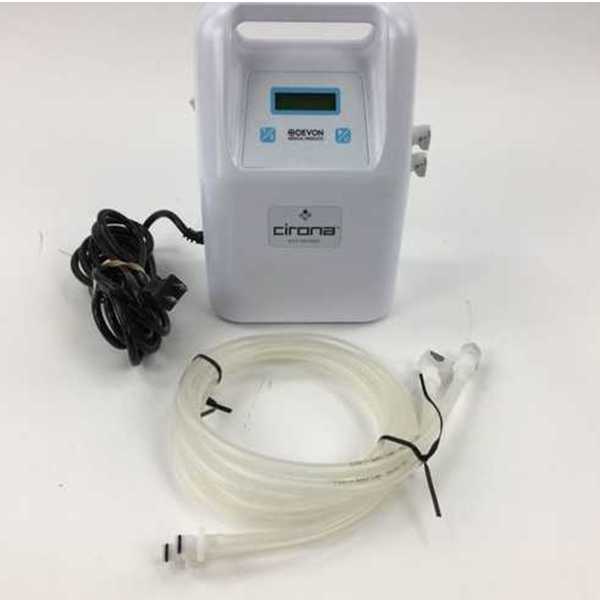
Dvt-Pump – BCOS
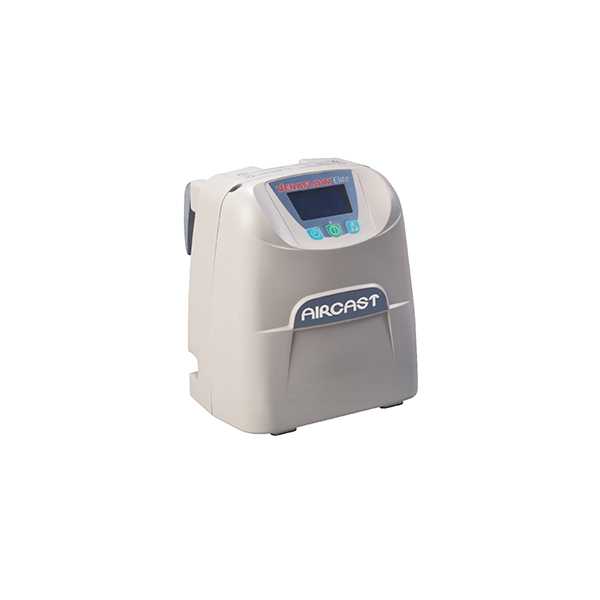
DVT-Pump – Venaflow
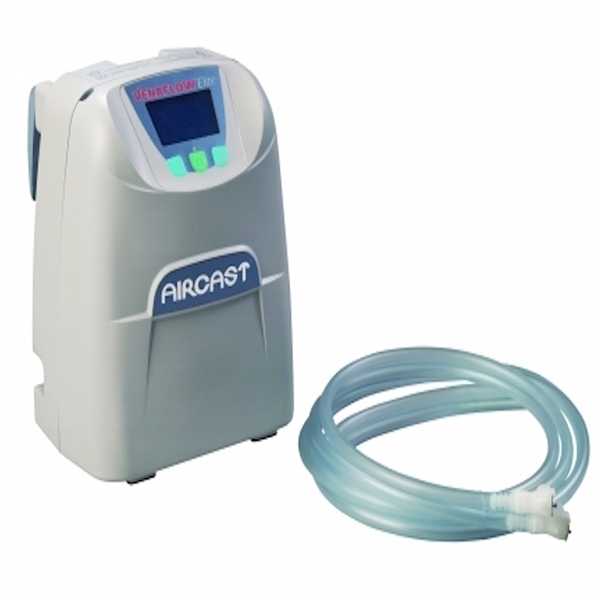
Dvt-Pump – Aircast
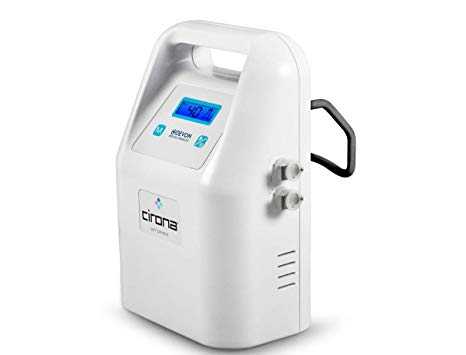
DVT- Deep Vein Thrombosis Pump
BRAND– DEVON
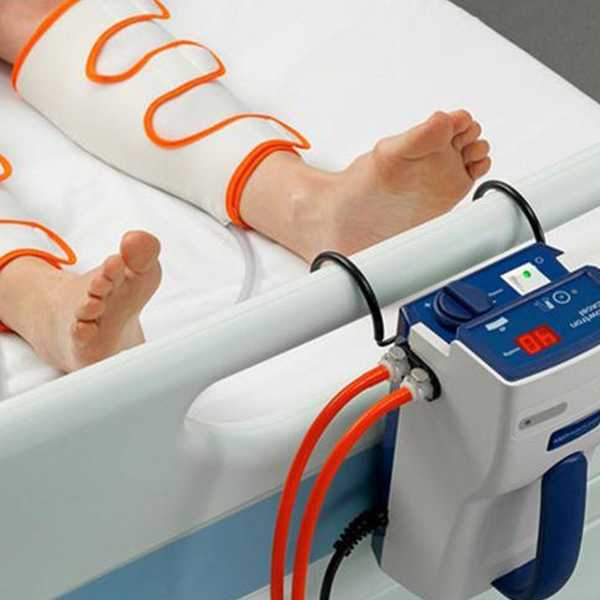
Dvt-Pump – Pheoblo
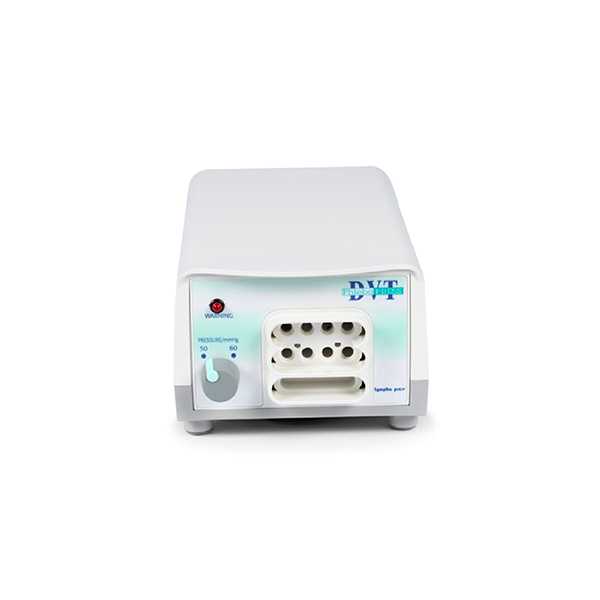
DVT-Pump – DVT Pump 601E
Brand: Phlebo Press
get orthopedic and physiotherapy care online from portea
Rediscover a pain-free and active lifestyle with Portea’s comprehensive Orthopaedic and Physiotherapy care solutions. Our thoughtfully designed physiotherapy equipment & orthopaedic equipment, including the Continuous Passive Motion Device (CPM), Deep Vein Thrombosis Pump (DVT pump), Lymphedema Pump, OA Knee Support, Commode Raiser, and more, aim to provide immediate pain relief and restore your well-being.
Benefit from convenient online access to our orthopaedic unit from your home. Explore affordable rates for all our equipment, including OA Knee Support and DVT pump prices in India, backed by verified results and top-quality care. Don’t let orthopaedic conditions limit your active lifestyle any longer.
choose from a variety of orthopedic & physio care medical equipment
Explore our selection of Orthopedic & Physio Care Medical Equipment for rent or purchase. Our various options for deep vein thrombosis medical devices include:
1. Dvt-Pump – Dvt Pump 601e
Phlebo Press DVT compression pumps are specifically crafted to safeguard against deep vein thrombosis (DVT), a potentially life-threatening condition. These DVT pumps apply precise compression to prevent clot formation in arteries, promoting healthy blood flow and minimizing DVT risk. Our Phlebo Press brand, exemplified by the DVT pump 601E, offers reliable prevention measures, prioritizing the well-being and health of our clients.
2. Dvt-Pump – Venaflow
The DVT-Pump – Venaflow is a specialized pneumatic compression pump designed to prevent deep vein thrombosis (DVT), a potentially life-threatening condition. These pumps apply controlled pressure to enhance blood flow in the limbs, reducing the risk of blood clot formation.
3. Dvt- Deep Vein Thrombosis Pump – Devon
Our deep vein thrombosis pump from Devon features the advanced Cirona 6200, a lightweight and highly effective model with added convenience. It boasts a rechargeable battery for portable therapy and a detachable power cord. This US FDA-approved DVT pump enhances circulation, reducing clotting risk by applying pressure to the calf, thigh, or foot using DVT sleeves. Operating through a 60-second automatic cycle mimics natural walking functionality, preventing early clotting. The Cirona 6200 is ideal for increasing venous blood flow in patients at risk of deep vein thrombosis due to various medical conditions and treatments.
4. Dvt-Pump – Pheoblo
Pheoblo DVT Pump are specialized pneumatic compression devices crafted to avert the onset of deep vein thrombosis (DVT), a potentially life-threatening condition. Through the application of pressure and enhancement of blood flow in the limbs’ veins, these pumps play a crucial role in preventing the formation of blood clots.
5. Dvt-Pump – Aircast
Aircast DVT Pump are specialized pneumatic compression devices crafted to avert the onset of deep vein thrombosis (DVT), a potentially life-threatening condition. Through the application of pressure and enhancement of blood flow in the limbs’ veins, these pumps play a crucial role in preventing the formation of blood clots.
6. Dvt-Pump – BCOS
BCOS DVT Pump are specialized pneumatic compression devices crafted to avert the onset of deep vein thrombosis (DVT), a potentially life-threatening condition. Through the application of pressure and enhancement of blood flow in the limbs’ veins, these pumps play a crucial role in preventing the formation of blood clots.
reasons to buy orthopedic and physiotherapy care online from portea
- Convenient Home Delivery: We deliver products to your doorstep, saving you time and effort.
- Flexible Rental or Purchase Options: Choose to get a DVT pump for rent or buy for healthcare on your terms and budget.
- Service Across India: We offer DVT pumps across tier-1 and tier-2 cities nationwide, ensuring accessibility.
- Diverse Range of Orthopedic And Physiotherapy Care: Explore our extensive DVT machine selection for diverse healthcare needs.
- Trusted Brands: We offer top-quality medical equipment from brands like Resmed, Philips, Goodknight, and more, ensuring quality and reliability.
- Responsive Customer Support: Contact 1800 121 2323 or customersupport@portea.com for assistance. We’re committed to excellent customer service to meet your needs effectively.
faqs
1. What is orthopaedic physiotherapy treatment?
Orthopaedic physiotherapy is a field of physiotherapy addressing injuries & conditions affecting the musculoskeletal system. Its primary focus is prescribing tailored exercises to restore function and facilitate daily activities. It encompasses pre- and post-operative rehabilitation for injuries involving any part of the body’s joints, muscles, and ligaments.
2. Is physiotherapy the same as orthopaedic?
Physiotherapy and orthopaedics are related fields but have distinct focuses and applications. Physiotherapy aims to promote, restore, and maintain physical function and mobility in individuals of all ages & conditions. It includes various treatment techniques for a range of health issues.
Orthopaedics deals with the musculoskeletal system, focusing on preventing, diagnosing, and treating disorders. Orthopaedic practitioners include orthopaedic surgeons who perform surgical interventions. Orthopaedic physiotherapists provide non-surgical management and rehabilitation for musculoskeletal conditions.
3. How is orthopaedic physiotherapy done?
Orthopaedic physiotherapy is conducted in several steps.
1. Thorough assessment of the patient’s musculoskeletal condition. This may include a physical examination and diagnostic tests.
2. A Personalized treatment plan is devised, often involving exercises to improve strength, mobility, and function. Manual therapies and modalities like heat or ultrasound may be used.
3. The patient’s progress is monitored, and adjustments are made to facilitate recovery and prevent future issues.
Education on self-management and injury prevention is also essential to orthopaedic physiotherapy.
4. Who provides Orthopedic Physiotherapy?
Orthopedic physiotherapy is typically provided by licensed physiotherapists who specialize in musculoskeletal conditions and orthopedic rehabilitation. These professionals assess, diagnose, and treat various orthopaedic issues, including injuries, surgeries, and chronic conditions affecting the muscles, bones, joints, and soft tissues. Treatment often involves tailored exercise programs, manual therapy, and patient education to promote recovery, alleviate pain, and improve mobility and function.
5. Why is physiotherapy essential following orthopaedic surgery?
In many cases, patients undergoing orthopaedic surgery have already attempted physiotherapy as an initial treatment. However, post-surgery physiotherapy remains crucial. It aids in the recovery of hip or knee movement and strengthens the surrounding muscles, safeguarding the joint against future injuries. Full joint mobility restoration might not be feasible in some instances, prompting physiotherapists to explore alternative movement strategies that reduce strain on other joints. Ultimately, physiotherapy facilitates a swift and safe post-surgery recovery, aiming for optimal long-term results.
Doctor Consultation
Nursing
Physiotherapy
Trained Attendant
Elder Care
Mother & Baby Care
Lab Tests
Medical Equipment
Speciality Pharma
Critical Care





